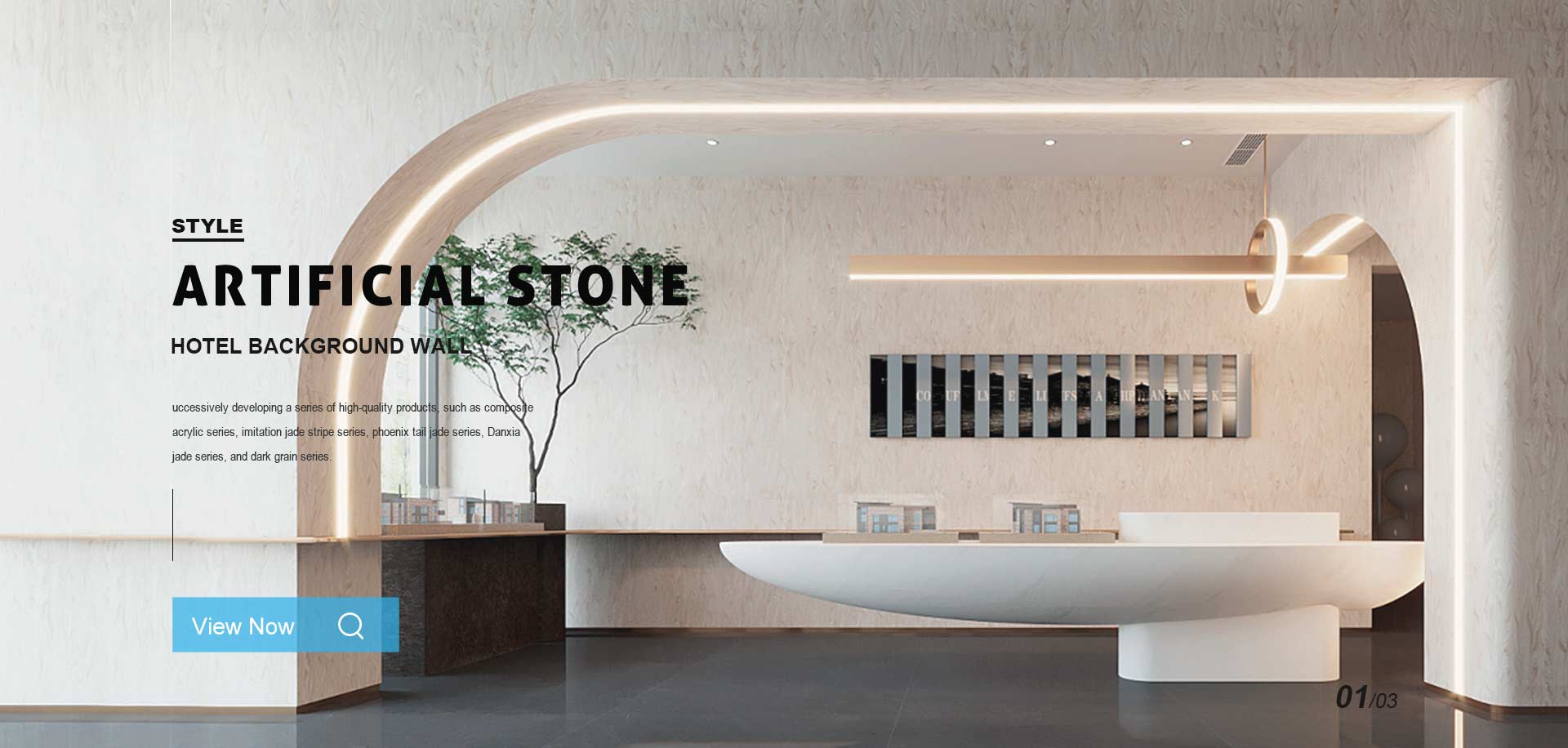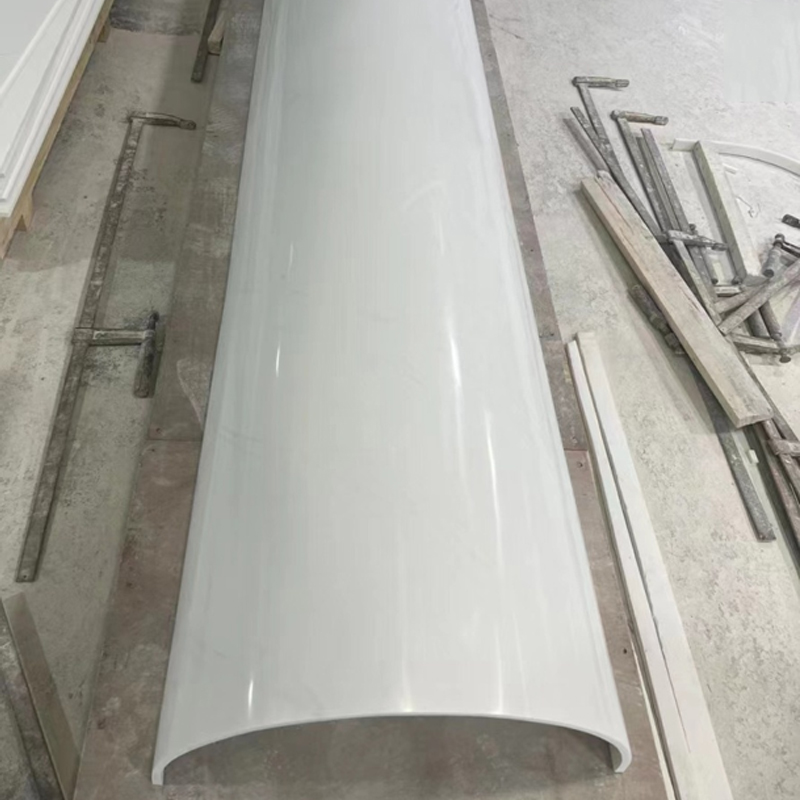
As the construction industry increasingly embraces sustainable practices, the choice of materials plays a pivotal role in promoting environmental responsibility. Artificial Stone, known for its aesthetic appeal and practical advantages, has emerged as a favorable alternative in various applications, including cladding columns. This article explores the eco-friendly characteristics of Artificial Stone and its contribution to sustainable building practices.

Artificial Stone is typically made from a blend of natural stone aggregates, resins, and additives. Many manufacturers are now focusing on using recycled materials and sustainable sources for their raw components. This not only reduces the demand for virgin materials but also minimizes waste in landfills. The use of recycled content in Artificial Stone contributes to a lower carbon footprint compared to traditional building materials.
The manufacturing process of artificial stone is generally more energy-efficient than that of natural stone. Natural stone extraction involves quarrying, which can be energy-intensive and environmentally disruptive. In contrast, artificial stone production often requires less energy and generates fewer greenhouse gas emissions. Advances in manufacturing technology have further enhanced energy efficiency, making artificial stone a more sustainable choice for builders.
Artificial stone cladding columns are designed to withstand harsh environmental conditions, including extreme temperatures, moisture, and UV radiation. Their durability reduces the need for frequent replacements and repairs, contributing to long-term sustainability. A longer lifespan means that fewer resources are consumed over time, and less waste is generated, reinforcing the material's eco-friendliness.
One of the significant advantages of artificial stone is its low maintenance needs. Unlike natural stone, which may require regular sealing or special cleaning products, artificial stone can often be cleaned with simple soap and water. This reduces the environmental impact associated with maintenance chemicals and extends the lifespan of the material.
Artificial stone cladding can contribute to various green building certifications, such as LEED (Leadership in Energy and Environmental Design). By utilizing eco-friendly materials, reducing waste, and improving energy efficiency, builders can earn points towards certification, promoting sustainable practices in construction projects. Incorporating artificial stone into designs helps meet the criteria for sustainability, enhancing the overall value of the building.
Artificial stone cladding offers an extensive range of design possibilities, allowing architects and builders to achieve various aesthetic goals without compromising sustainability. The ability to replicate the appearance of natural stone while being more environmentally friendly makes artificial stone an appealing choice for both modern and traditional architectural styles. This versatility allows for creative and sustainable designs in residential, commercial, and public buildings.
Artificial stone cladding columns represent a significant advancement in sustainable building materials. With their eco-friendly composition, energy-efficient production, durability, and low maintenance requirements, they play a crucial role in promoting environmentally responsible construction practices. As the demand for sustainable materials continues to rise, artificial stone stands out as a practical solution that meets both aesthetic and ecological needs. By choosing artificial stone, builders can contribute to a more sustainable future while enhancing the beauty and functionality of their structures.